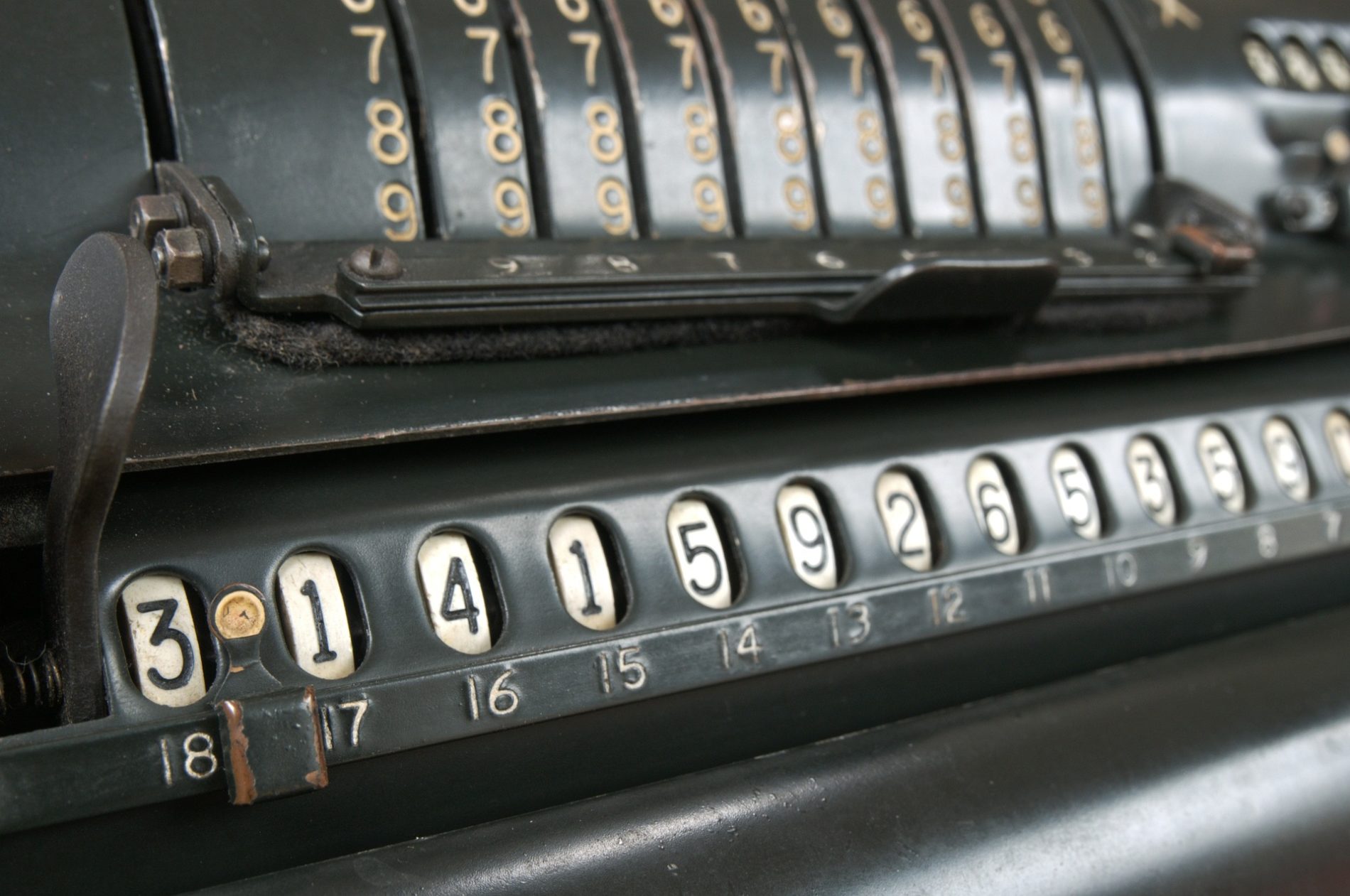Previously we have talked about the importance of healthy bookkeeping and how it can benefit your business. Today, we are going to look more at how keeping up with accurate and up to date bookkeeping will help you keep tabs with what is going on with your finances.
As you will know, if you are a director of a limited company, at the end of each financial year you are legally required to produce and file financial statements, which contain a profit and loss account and balance sheet. Accountants, like Hive, will usually prepare these for you, so it can sometimes be hard to imagine how your bookkeeping has much impact on them.
Having formal accounts isn’t just to keep track of the performance of your business, or to keep HMRC happy. If you are planning to raise capital through lending or investment, to apply for a mortgage, or to buy another practice you will likely need an interim statement to show that the operational health of your business is in safe hands. Having all of this information in good order will reduce the cost and time overhead of growing and investing in your business.
So, let’s look into what the profit and loss statement and balance sheet are and how the accuracy and quality of your bookkeeping can affect them.
The Profit and Loss Statement
This statement will show the profit of your business over a specified period of time. This is calculated using the following formula:
Profit = Income – Expenses
Income (or revenue) – the income into the business. E.g. private dental patient income or NHS contracts
Expenses – your operating costs, for example, the purchase of dental materials or staff wages.
The Balance Sheet
The balance sheet is a summary of the value of your business at the time it is drawn up. This value is referred to as equity and is calculated using the following formula:
Equity = Assets – Liabilities
Assets – resources that you own or manage which generate an income or benefit to your business
Liabilities – cash or services that you owe
So how does this relate to bookkeeping?
We can think of bookkeeping as the act of putting the financial transactions of the business into different categories. Some of these categories will appear on the profit and loss statement and some on the balance sheet. If the transaction is put into the wrong category, this will affect the figures of the business.
For example, if you purchased a new dental chair using finance, the cost of the chair would be on the balance sheet as an asset. The business will use that asset (the chair) to generate income over a number of years, as such it is an asset on the balance sheet rather than an expense in the profit and loss account. The finance side of things has two elements, with each monthly payment to the finance company consisting of debt repayment and interest. Debt repayment would be repayment of a liability and fall again on the balance sheet. Whereas, the interest element is a cost of the business obtaining finance to purchase the asset, an allowable business cost that would fall on the profit and loss account.
Bookkeeping can sometimes be a little tricky to get to grips with. If you think you or your business could benefit from a bookkeeping health check, then get in touch. We would be happy to help.









